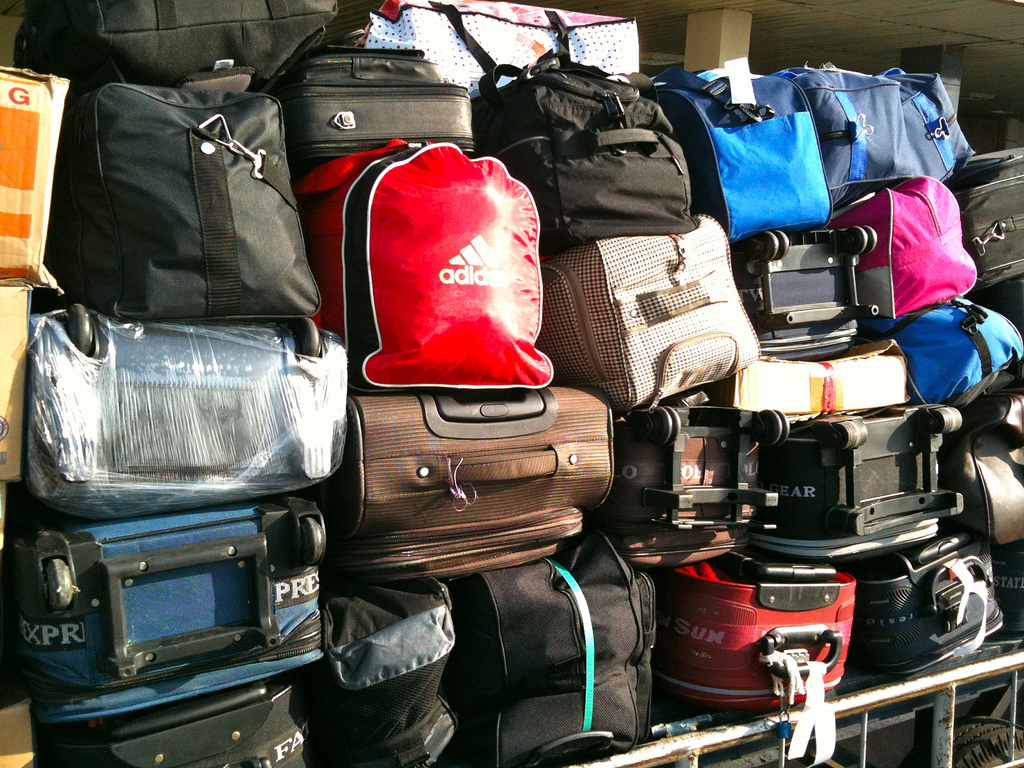 If you’re traveling to a camping destination and not driving, one thing you might overlook is how to get all of your gear through airport security. Although some TSA and FAA regulations are common sense, others are more nuanced and can change based on how you plan on packing certain items. In this guide we’ll take a look at what items you’re allowed to bring in your carry-on, which are limited to checked bags, and what items are straight-up banned from commercial flights.
If you’re traveling to a camping destination and not driving, one thing you might overlook is how to get all of your gear through airport security. Although some TSA and FAA regulations are common sense, others are more nuanced and can change based on how you plan on packing certain items. In this guide we’ll take a look at what items you’re allowed to bring in your carry-on, which are limited to checked bags, and what items are straight-up banned from commercial flights.
What You Can Carry On
The easiest plan for bringing along camping gear on a flight is to fill the backpack with both personal supplies you’ll want access to on the flight as well as camping items you can easily fit so you have less piece of luggage to check. However there are a few items that may not be allowed in the plane’s cabin with you. First let’s take a look at what you can bring on-board with you.
Of course there are the basic items you’re allowed to bring without the TSA even batting an eye: clothes, snacks, toothbrush, etc. Some other permissible items that might not be as obvious include crampons, lighters, and dry ice, which are all somewhat-surprisingly not banned items. Additionally you can also pack a camping stove in your carry-on just as long as it is not emitting any fumes, the propane tank is empty, and the officers can look inside of the cylinder. Fishing poles are also technically allowed, but different airlines may have different policies about them due to carry-on limits.
Aside from the specific items you can and cannot bring on the plane, there are also size restrictions for carry-ons. You can usually find the specific size requirements by poking around your carrier’s website. Deciding what to carry onto the plane with you is kind of a balancing act. On the one hand you may wish to avoid checking luggage so you don’t incur the extra fees that airlines like to charge, but on the other hand it can often be difficult to find overhead space to store your large pack or other gear. Luckily should your carry-on luggage not fit when you get onto the plane, the airline will most likely be able to gate check it without charging you to do so. Win-win!
One of the biggest TSA no-nos is liquids over three ounces. This means that items such as insect repellents and sunscreen must go in your checked luggage. You may want to invest in thick plastic zip-able freezer bags to place your liquids in so they don’t leak over your other checked items while on your journey.
Some of the items you may wish to have with you on your camping trip can fall into the category of “weapon” in the eyes of the TSA and FAA. This includes such things as pick axes, hatchets, knifes, and flare guns. All of these items are allowed in checked luggage, but it’s important to have all sharp edges covered so if an agent does have to search your bag they won’t get injured. Also some firearms are allowed in your luggage but must be declared; there are additional rules you’ll want to read up on if you plan on bring them along.
What NOT to Travel With
Unfortunately there are just some items you won’t be able to get on any plane. For example, while insect repellents are acceptable in checked luggage, insecticides are banned outright (bear repellents often fall into the banned category as well). While flare guns are permissible (if firearm regulations are met), flares are not. And even though you can carry on a lighter or a single pack of safety matches with you, strike anywhere matches are forbidden for carry-on or checked luggage. If you plan on bringing an item that you’re not sure is allowed, it may be best to consult your carrier or the TSA website before causing a panic at the airport.
Conclusion
Traveling with hiking and camping gear can be a bit tricky, but TSA and FAA rules do allow you to bring the majority of it with you. Keep in mind that these guidelines are subject to change at any time, so always have a back up plan in place. Just remember: all these rules and regulations will be worth it when you finally make it to the great outdoors 🙂

Leave a Reply